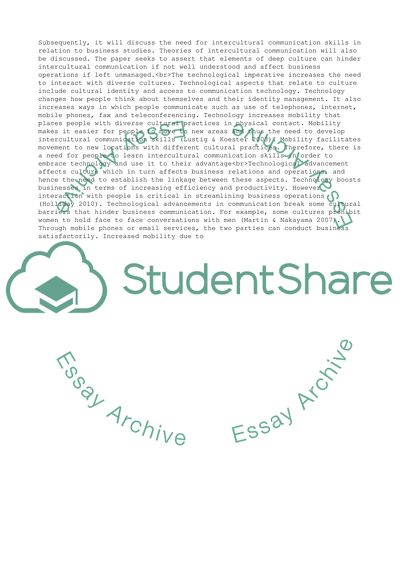Cite this document
(Intercultural Awareness For Business Essay Example | Topics and Well Written Essays - 3000 words, n.d.)
Intercultural Awareness For Business Essay Example | Topics and Well Written Essays - 3000 words. https://studentshare.org/business/1868485-intercultural-awareness-for-business
Intercultural Awareness For Business Essay Example | Topics and Well Written Essays - 3000 words. https://studentshare.org/business/1868485-intercultural-awareness-for-business
(Intercultural Awareness For Business Essay Example | Topics and Well Written Essays - 3000 Words)
Intercultural Awareness For Business Essay Example | Topics and Well Written Essays - 3000 Words. https://studentshare.org/business/1868485-intercultural-awareness-for-business.
Intercultural Awareness For Business Essay Example | Topics and Well Written Essays - 3000 Words. https://studentshare.org/business/1868485-intercultural-awareness-for-business.
“Intercultural Awareness For Business Essay Example | Topics and Well Written Essays - 3000 Words”. https://studentshare.org/business/1868485-intercultural-awareness-for-business.


